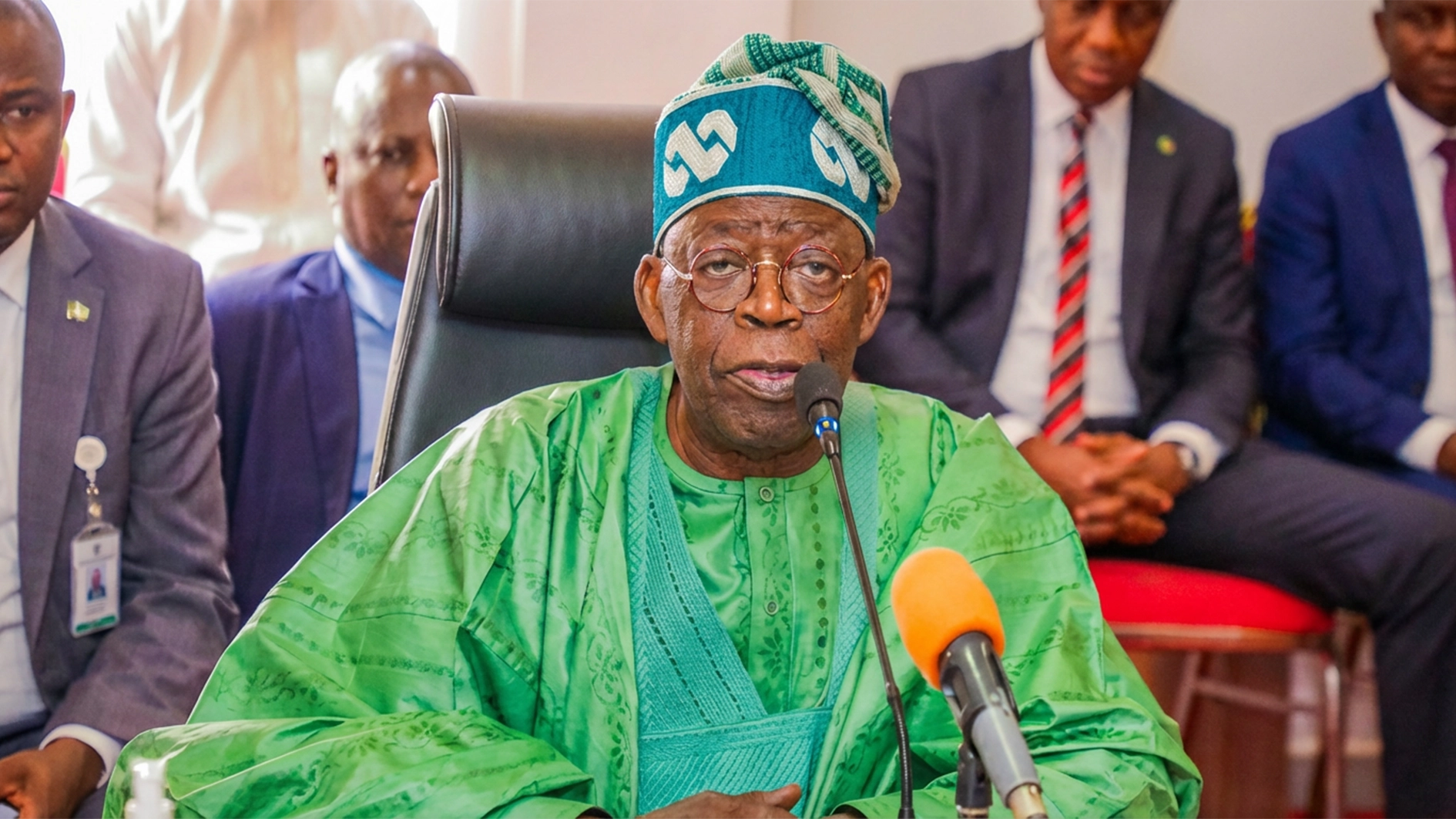•Operators lose 941,870 telephone users as teledensity drops
Airtel said that the expansion of the fifth-generation (5G) network in Nigeria may have been hampered by the dearth and the high cost of 5G devices in the country.
Chief Executive Officer of Airtel Nigeria, Dinesh Balsingh, stated this yesterday, while interacting with journalists and stakeholders in Lagos. He said the 5G network is very much available in Nigeria but may have had slow traction due to the dearth and high cost of 5G devices.
Indeed, about three years into its commercial launch in Nigeria, data from the Nigerian Communications Commission (NCC) showed that as of June 2025, 5G penetration stood at 3.07 per cent, where about 5.27 million of the 171 million active telephone users in the country have access to it.
The Guardian checks showed that while MTN, Mafab Communications, and Airtel paid $820.8 million for the licenses, 5G services have remained largely in the cities of Lagos, Abuja, Port Harcourt, Ibadan, Enugu, albeit faintly.
Balsingh was responding to a question, which compared the growth of 5G in India to that of Nigeria, where licenses were issued almost at the same period in 2022. India’s 5G penetration within the first 30 months saw 300 million users of the network.
The Airtel Nigeria boss said: “The network is very much in Nigeria and operators have invested and continued to invest in its deployment. Airtel is expanding in the cities and also deploying across the hinterlands.
“The accelerated growth in India could be linked to the availability of 5G devices that are strong and affordable at the same time. 5G handsets could be a major challenge here. But Airtel is working with the smartphone ecosystem in the country to see how we can bridge this gap.”
Speaking more on the firm’s plan for Nigeria, the Airtel CEO said the company is investing over $120 million in a 38MW capacity data centre in the country, which is to be sited in Eko Atlantic for power and security purposes, saying the firm will start taking capacity for the infrastructure by 2026.
He said the firm is ramping up network innovation, AI-powered experience tools, and distributed infrastructure investments to position itself at the centre of the country’s data-led transformation.
“Nigeria’s urban landscape is evolving at a fast pace. We are seeing massive vertical growth with high-rise buildings, horizontal expansion of city boundaries, and a surge in digital activity. Our network must evolve with it,” Balsingh said.
Balsingh said the firm is responding to the increasing complexity of Nigeria’s megacities by deploying distributed network solutions, including small cells, underground fibre, and lamppost-mounted micro-antennas, especially in high-density zones.
“This is no longer about traditional tower-based coverage. In dense cities like Lagos, network experience varies from floor to floor. We now deploy AI tools that analyse customer experience in real time, not just signal strength,” he added.
According to him, Airtel has migrated from using standard network APIs to customer experience APIs, allowing it to detect and fix user-specific issues across devices, locations, and sessions, which will give it a competitive edge in service personalisation.
Revealing that the firm has covered Nigeria 100 per cent with 4G network, Balsingh said Airtel is further scaling up investment in fibre deployment to support 4G and 5G growth. He said the firm has already relocated over 3,000 kilometres of fibre across Nigeria in the last two years, aimed at improving route redundancy and minimising downtimes caused by road construction and vandalism.
The Airtel boss commended the Federal Government on recent policy interventions, including the Critical National Infrastructure (CNI) designation for telecom assets, saying it would deter sabotage and enhance infrastructure resilience.
While urban demand remains strong, Balsingh emphasised that Airtel is not neglecting rural coverage. The company is currently in talks with Starlink and OneWeb to leverage satellite connectivity for rural backhaul, enabling wider 4G data access in underserved locations.
In a related development, active telephone users in the country dropped in June to 171.7 million from 172.6 million in May. For the period, it means operators may have lost about 941,870 customers. This affected the country’s teledensity, which slumped slightly from 79.65 per cent in May to 79.22 in June.
These data were according to subscription statistics released by the NCC yesterday. Within the period, Internet users on the narrowband (GSM, Fixed Wired, ISP, Wired/Wireless and VoIP), which stood at 141.5 million, dropped to 141.1 million within one month, showing a drop in growth.
Telecom Analyst, Kehinde Aluko, blamed the drop on the 50 per cent tariff hike, which, according to him, services rendered have not been commensurate with the expected outcome.






